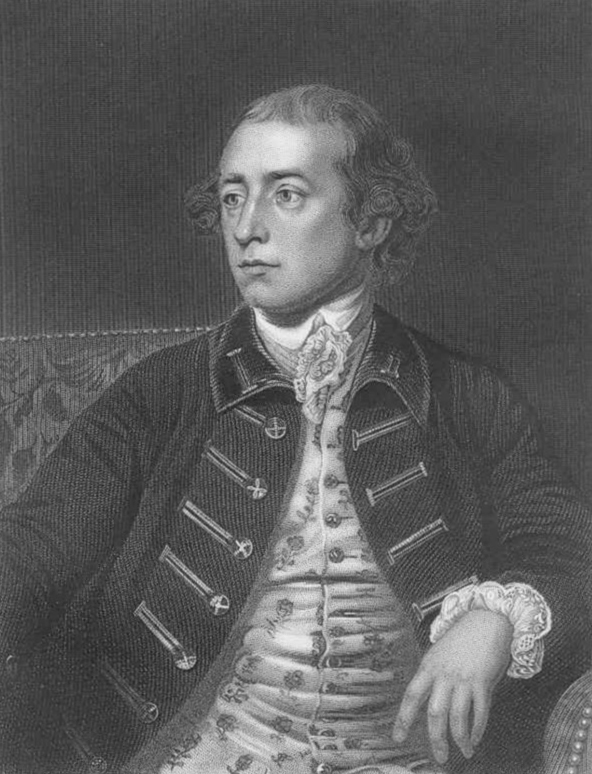|
Hawke's Bay Regiment
The Hawke's Bay Regiment was a territorial infantry regiment of the New Zealand Military Forces. The regiment traced its origins to the Napier Rifle Volunteer Rifles, a volunteer corps formed in 1863 and which would later amalgamate with other volunteer corps to form the 9th (Hawkes Bay) Regiment in 1911. During the First World War, the regiment provided a company to each of the battalions of the Wellington Infantry Regiment and saw combat at Galipolli and on the Western Front. After the war the regiment was renamed the Hawke's Bay Regiment and remained in New Zealand for home defense during the Second World War. Men from the regiment, however, served with the 19th, 22nd, 25th and 36th Battalions of the Second New Zealand Expeditionary Force. The regiment had a close relationship with the Ruahine Regiment, which was detached and reabsorbed by the Hawke's Bay regiment on two separate occasions. In 1964, the Hawkes Bay regiment was amalgamated with the Wellington Regiment an ... [...More Info...] [...Related Items...] OR: [Wikipedia] [Google] [Baidu] |
Cap Badge
A cap badge, also known as head badge or hat badge, is a badge worn on uniform headgear and distinguishes the wearer's nationality and/or organisation. The wearing of cap badges is a convention commonly found among military and police forces, as well as uniformed civilian groups such as the Boy Scouts, civil defence organisations, ambulance services (e.g. the St. John Ambulance Brigade), customs services, fire services etc. Cap badges are a modern form of heraldry and their design generally incorporates highly symbolic devices. Some badges that contain images of Lions or other cats are sometimes informally referred to as Cat Badges. Instances in military forces British armed forces The British Armed Forces utilise a variety of metal and cloth cap badges on their headdress, generally on caps and berets. They are also worn on Sikh turbans. British Army In the British Army (as well as other Commonwealth armies) each regiment and corps has its own cap badge. The cap badge ... [...More Info...] [...Related Items...] OR: [Wikipedia] [Google] [Baidu] |
19th Battalion (New Zealand)
The 19th Battalion was a formation of the New Zealand Military Forces which served, initially as an infantry battalion and then as an armoured regiment, during the Second World War as part of the 2nd New Zealand Division. The 19th Battalion was formed in New Zealand in 1939 under the command of Lieutenant Colonel J. S. Varnham. After a period of training it embarked for the Middle East and then onto Greece in 1941 as part of the 2nd New Zealand Division. It participated in the Battles of Greece and later in Crete. Evacuated from Crete, it then fought in the North African Campaign and suffered heavy losses during Operation ''Crusader''. Brought back up to strength, the battalion participated in the breakout of the 2nd New Zealand Division from Minqar Qaim in June 1942, where it had been encircled by the 21st Panzer Division. The following month, the battalion suffered heavy casualties during the First Battle of El Alamein. In October 1942, the battalion was converted to an ar ... [...More Info...] [...Related Items...] OR: [Wikipedia] [Google] [Baidu] |
Woodville, New Zealand
Woodville, previously known as The Junction is a small town in the southern North Island of New Zealand, 75 km north of Masterton and 25 km east of Palmerston North. The 2013 census showed that 1401 people reside in Woodville. The town is in the Tararua District and the Manawatū-Whanganui region, although it has strong ties with the Hawke's Bay region, of which it was once a part, but is often considered to be the northern boundary of Wairarapa. It is within the catchment area of the Manawatu River. Geography Woodville covers a land area of 4.04 km². Only a few kilometres west of Woodville, the Manawatu River runs from east to west and cuts a deep gorge through the mountains, effectively slicing a mountain range in two. It is unusual geology as the river flows east towards the Pacific coast of the lower North Island, then cuts back west through the gorge and flows out into the Tasman Sea near Foxton. Known by Māori as Te Apiti, the gorge itself features in M� ... [...More Info...] [...Related Items...] OR: [Wikipedia] [Google] [Baidu] |
Hastings, New Zealand
Hastings (; mi, Heretaunga) is an inland city of New Zealand and is one of the two major urban areas in Hawke's Bay, on the east coast of the North Island. The population of Hastings (including Flaxmere) is (as of with a further people in Havelock North and in Clive. Hastings is about 18 kilometres inland of the coastal city of Napier. These two neighbouring cities are often called "The Bay Cities" or "The Twin Cities". The city is the administrative centre of the Hastings District. Since the merger of the surrounding and satellite settlements, Hastings has grown to become one of the largest urban areas in Hawke's Bay. Hastings District is a food production region. The fertile Heretaunga Plains surrounding the city produce stone fruits, pome fruit, kiwifruit and vegetables, and the area is one of New Zealand's major red wine producers. Associated business include food processing, agricultural services, rural finance and freight. Hastings is the major service centre f ... [...More Info...] [...Related Items...] OR: [Wikipedia] [Google] [Baidu] |
.jpg)


